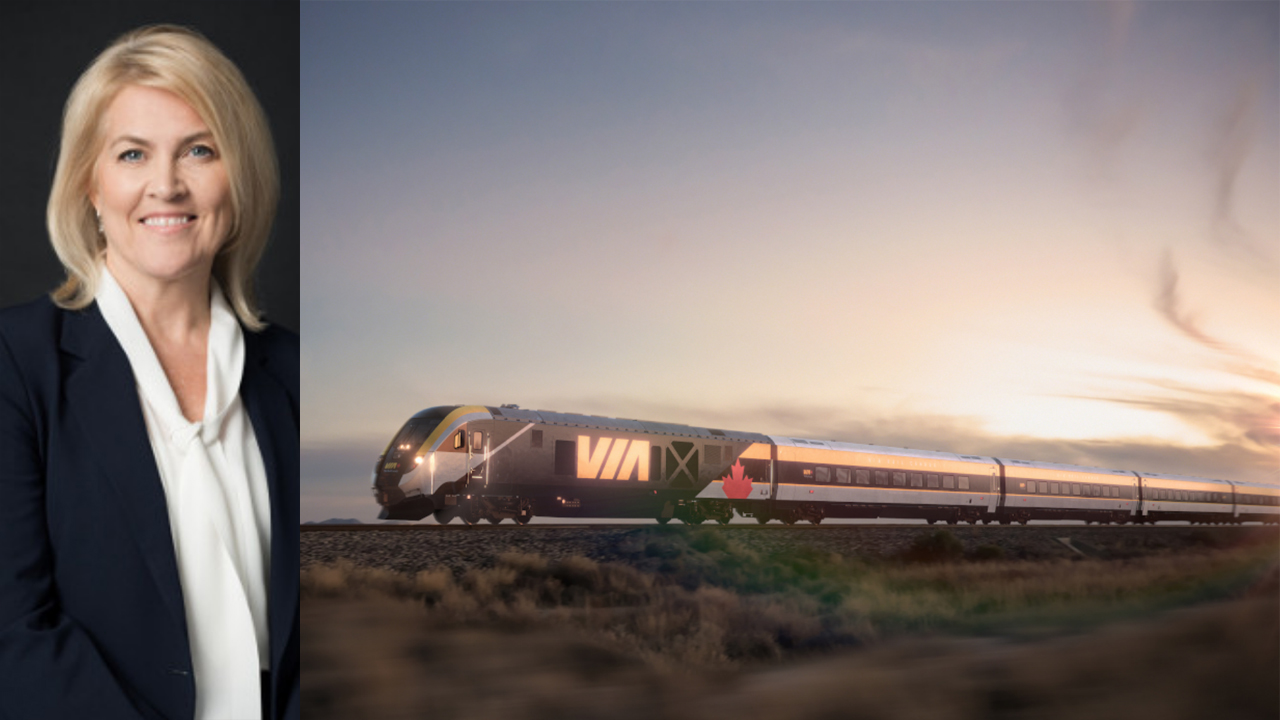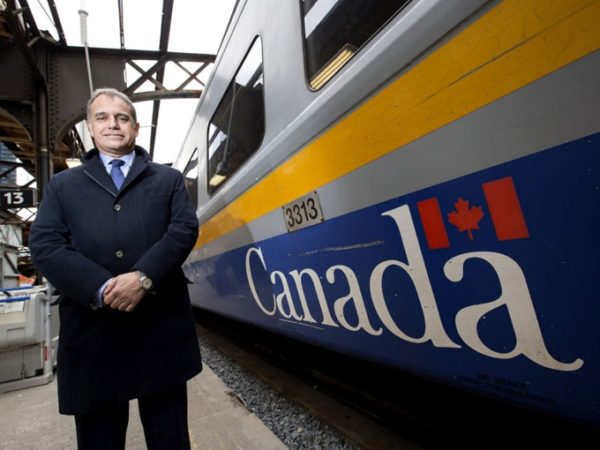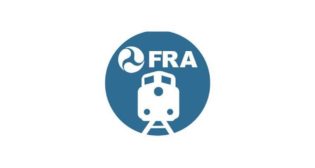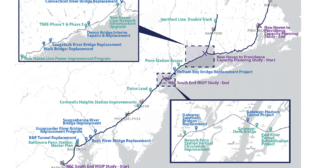
VIA Rail’s Existential Problem? It Never Existed
Written by David Thomas, Canadian Contributing Editor
Former VIA Rail Canada CEO Cynthia Garneau
Cynthia Garneau on May 20 gave up VIA Rail Canada leadership with two years remaining in her nominal tenure.
The former VIA Rail CEO quit, according to informed speculation, because Transport Canada scooped up VIA Rail’s scheme for a high-frequency rail (HFR) service on dedicated tracks linking Quebec City, Montreal, Ottawa and Toronto.
In VIA Rail-speak, “the Shareholder” is Transport Canada, not the people of Canada. VIA Rail simply does not exist as an autonomous entity with its own parliamentary charter under which the CEO can actually make decisions and do deals. VIA Rail is technically a “crown corporation,” but one that reports to the Minister of Transport, not to parliament, which has never once voted on its very existence let alone a vision for growth.
VIA Rail is merely a branch of a secretive and largely incompetent department that has been repeatedly chided by Canada’s information commissioner, auditor general and Transportation Safety Board.
Amtrak, in comparison, operates under the congressional Rail Passenger Service Act of 1970, which assumed private railroads‘ obligations to operate passenger services in exchange for the railroads providing priority status to Amtrak trains. Whether you like the service or not, Amtrak does exist as an independent legal entity.
VIA Rail does not. CN and Canadian Pacific have no legal obligation to prioritize VIA Rail’s passenger trains over their own freight trains. Sometimes, CN orders VIA Rail’s flagship The Canadian to reverse to a distant passing track to make way for CN trains. (I was on one of those reverse movements in 2015 on my way to an interview with VIA Rail’s previous CEO Yves Desjardins-Siciliano, in which he revealed VIA Rail’s vision for a dedicated passenger corridor.)

Desjardins-Siciliano carried the stigma of being appointed by a previous Conservative government and was replaced by Garneau, an aerospace executive with no rail or passenger-carrying experience but considered friendly to the Liberal government of Justin Trudeau. The CEO appointment is nominally a five-year term, but that can be abbreviated at the whim of the governing party.
Garneau’s own writing-on-the-wall was the announcement in March by Transport Minister Omar Alghabra that he was assuming entire control of the HFR project. Garneau didn’t even attend the media event.
So, if it can possibly happen under the direction of Canada’s worst federal department, HFR will be separate from VIA Rail, giving the country two less-than-stellar passenger rail services instead of just one.

Garneau was right to quit (perhaps with a not-so-friendly push from the Minister). VIA Rail believed in its project and, like motivated Ukranian fighters, could well have succeeded. Instead, HFR has been handed over to a top-down Russia-style bureaucracy with a proven record of failure in everything it touches:
• Lac-Megantic and the succession of oil train explosions that followed while Transport Canada tried to cover up its role.
• Airline chaos throughout the pandemic panic including forcing arriving passengers to use contaminated touch-screens to make customs declarations (I was there for that too).
• Allowing Quebec’s rapacious Caisse de dépôt et placement to take over Montreal’s Central Station and Mount Royal tunnel for its own regional rail commuter system, effectively choking off VIA Rail’s HFR access to Montreal.
Transport Canada may have done some things right, but none come to mind.
HFR had looked like the last best hope for modernizing passenger rail in Canada. Garneau’s departure shows that she herself is no longer a believer. The one certainly in Transport Canada’s assumption of full control over HFR is that the new rail service either will never happen, or, if it does, it will be a fiasco.
The best thing now may be to dissolve VIA Rail entirely and look for Brightline-type investors to return Canada’s passenger rail to fully private ownership. The country’s 45-year attempt to run a railway as a branch of a third-rate government bureaucracy has failed, utterly.

David Thomas is a reporter who has covered government and society since graduating from Ottawa’s Carleton University with degrees in political science and journalism. He has written for National Geographic, Maclean’s, The Globe and Mail, The Gazette, and The Canadian Press news agency from postings in Ottawa, Montreal, Quebec City, Toronto, and London, England. “Railroading has been a personal fascination since a childhood timed fortunately enough to witness the golden years of steam on the late-to-dieselize Canadian National and Canadian Pacific,” he says. The opinions expressed here are his own.



